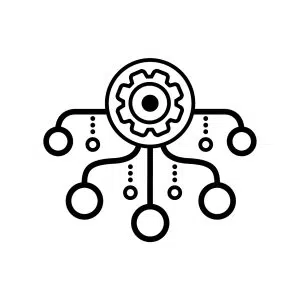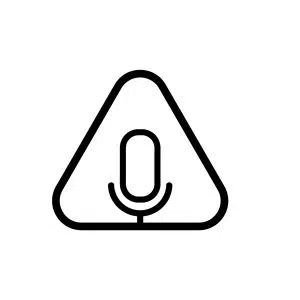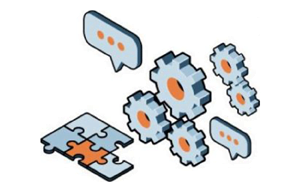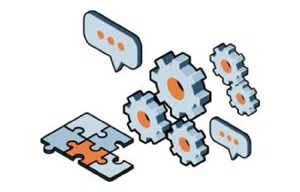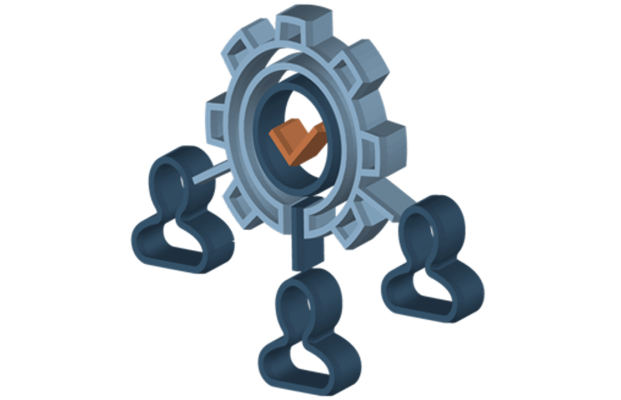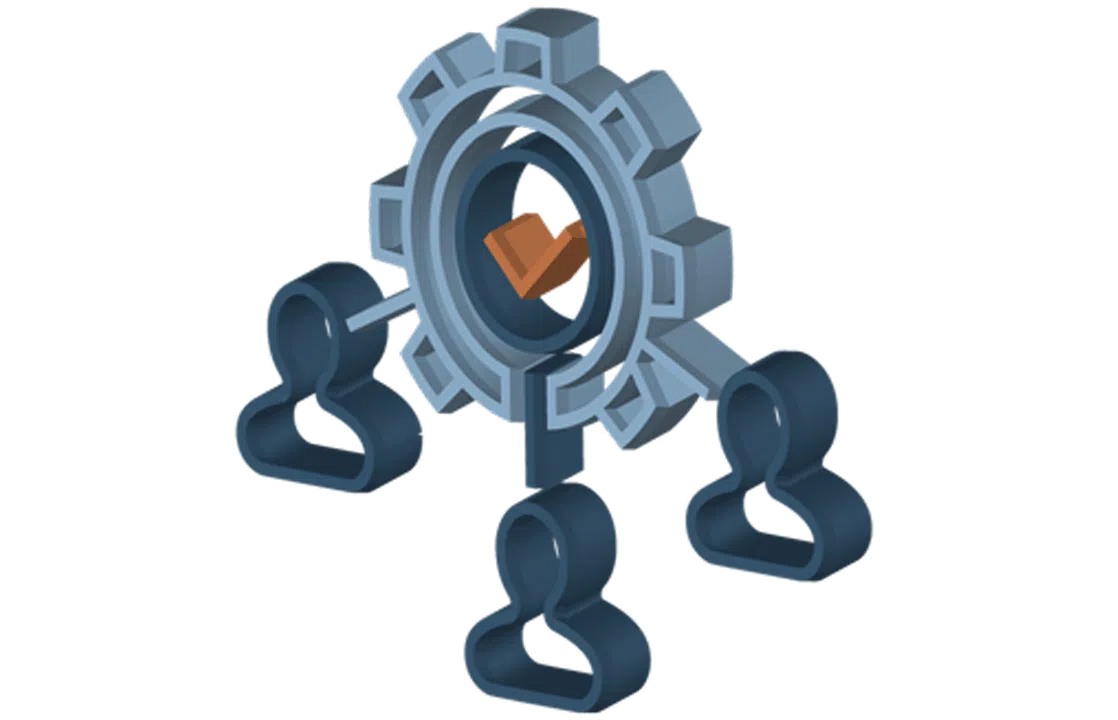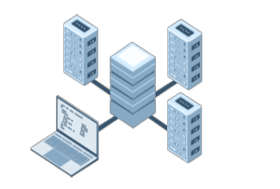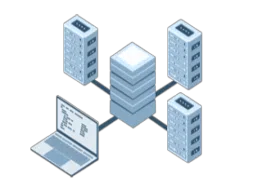
When it comes to classifying attribution, there are various models that can be employed. The most popular method is first-touch attribution. This is probably because it is synonymous with the initiation of first-party data, whereby a suspect, employed by either a qualified account or a target account (if an Account-Based Marketing approach is pursued) agrees to receive further marketing communications from your company. Whatever source first brings that email address into your marketing system is tagged with attribution credit.
Last-touch attribution, on the other hand, gives credit to the last touchpoint before a conversion; linear multi-touch gives equal credit to all recognized touchpoints that led to a conversion, and multi-touch weighted gives credit to each touchpoint in proportion to its perceived impact on the eventual conversion or sale. Before settling on one method (or letting your MarTech software decide for you) let’s briefly look at the pros and cons of each of these attribution methods.
First-Touch Attribution
First-touch attribution gives credit for the conversion or sale to the first touchpoint that a prospect had with your brand. This could be anything from a social media ad to an email marketing campaign. The primary benefit of this model is that it’s easy to implement and understand, making it an ideal starting point for businesses that are new to marketing attribution.
Pros: Clear attribution – With first-touch attribution, it’s easy to see which marketing efforts are driving initial awareness and interest in your brand.
Simple to implement – First-touch attribution is straightforward to implement, especially if you’re using a marketing automation platform.
Cons: Limited perspective – First-touch attribution doesn’t account for any subsequent touchpoints that may have played a role in the conversion or sale. This means that it may not accurately reflect the full impact of your marketing campaigns.
Overemphasis on top-of-funnel activities – First-touch attribution also tends to overemphasize top-of-funnel activities such as brand awareness campaigns, while undervaluing the role of middle- and bottom-of-funnel activities in the conversion process.
Last-Touch Attribution
Last-touch attribution assigns credit for the conversion or sale to the last touchpoint that a prospect had with your brand before becoming a sales-accepted lead. This model is popular in industries with longer sales cycles, where prospects may interact with your brand multiple times before converting.
Pros: Easy to implement – Last-touch attribution is also easy to implement, and can be done using most marketing automation platforms.
Reflects the most recent touchpoint – Last-touch attribution accurately reflects the touchpoint that was most recent and influential in the conversion process.
Cons: Limited perspective – Like first-touch attribution, last-touch attribution doesn’t account for other touchpoints that may have influenced the prospect’s decision to convert.
Overemphasis on bottom-of-funnel activities – Last-touch attribution tends to overemphasize the importance of bottom-of-funnel activities such as sales calls and product demos, while undervaluing the role of top-of-funnel activities in driving initial awareness and interest.
Linear Multi-Touch Attribution
Linear multi-touch attribution gives equal credit to all touchpoints that a prospect had with your brand, regardless of where they fall in the conversion process. This model is useful when you want to give equal weight to all touchpoints, and avoid overemphasizing any one activity.
Pros: Fair representation of all touchpoints – Linear multi-touch attribution ensures that all touchpoints receive credit, providing a fair representation of the role that each touchpoint played in the conversion process.
No bias towards top or bottom of the funnel – This model avoids bias towards either the top or bottom of the funnel, and gives equal weight to all touchpoints.
Cons: Oversimplifies attribution – Linear multi-touch attribution may oversimplify the attribution process by giving equal credit to all touchpoints, even if some touchpoints had a greater impact on the conversion than others.
Doesn’t account for diminishing returns – Linear multi-touch attribution doesn’t account for the fact that some touchpoints may have diminishing returns as the prospect moves closer to conversion.
Multi-Touch Weighted Attribution
Multi-touch weighted attribution assigns credit to each touchpoint based on the perceived impact that it had on the prospect’s decision to convert. This model takes into account the stage of the conversion process, and assigns greater weight to touchpoints that had a greater impact on the eventual conversion or sale.
So Which Method is Right for You?
While each reporting method has its own benefits and drawbacks, the intensity of conviction in the prospect’s mind typically increases when touchpoints are located farther along the buying journey. Also, the sale of complex B2B technology involves many members of a buying committee and the first-touch attribution model may “steal” credit away from other campaigns that increased engagement with several other committee members in the same target account. Hence, the best choice of model will depend on the business objectives and the type of marketing activities being tracked.


